 Capital Hotel; 2008
Capital Hotel; 2008
Entry Type: Place - Starting with C
 Capital Hotel; 2008
Capital Hotel; 2008
 Capital Hotel Columns
Capital Hotel Columns
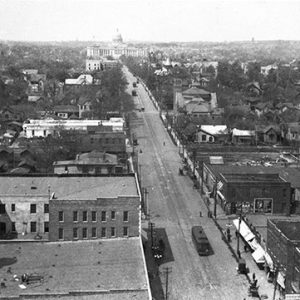 Capitol Avenue
Capitol Avenue
 Capitol Construction
Capitol Construction
 Capitol Construction
Capitol Construction
Capitol-Main Historic District
Caraway (Craighead County)
 Caraway Masonic Lodge
Caraway Masonic Lodge
 Caraway Gravesite
Caraway Gravesite
 Caraway Hall
Caraway Hall
 Caraway Hall
Caraway Hall
 Caraway Street Scene
Caraway Street Scene
 Caraway Tombstone
Caraway Tombstone
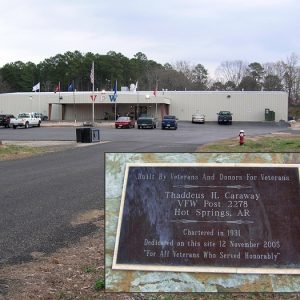 Thaddeus H. Caraway VFW
Thaddeus H. Caraway VFW
 Cardboard Boat Race
Cardboard Boat Race
Carden Bottom
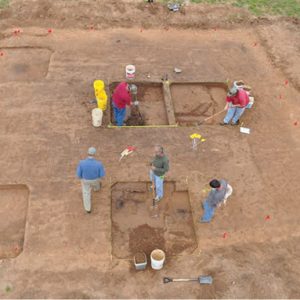 Carden Bottoms Excavations
Carden Bottoms Excavations
 CAREN Building
CAREN Building
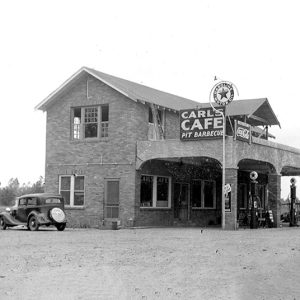 Carl's Cafe
Carl's Cafe
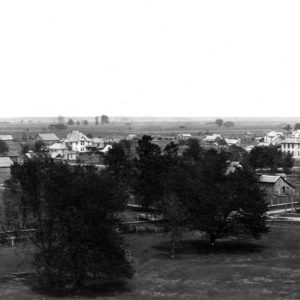 Carlisle
Carlisle
Carlisle (Lonoke County)
 Carlisle Church
Carlisle Church
 Carlisle Depot
Carlisle Depot
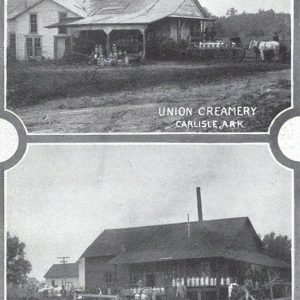 Carlisle Creameries
Carlisle Creameries
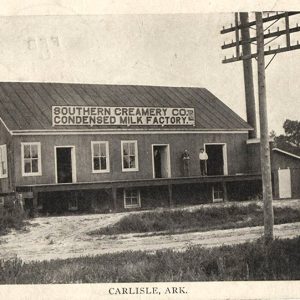 Carlisle Creamery
Carlisle Creamery
 Carlisle High School
Carlisle High School
 Carlisle Rice Trucks
Carlisle Rice Trucks
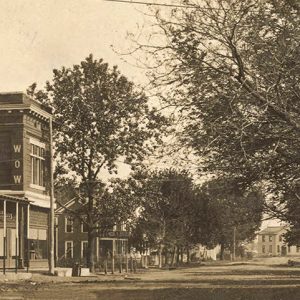 Carlisle Street Scene
Carlisle Street Scene
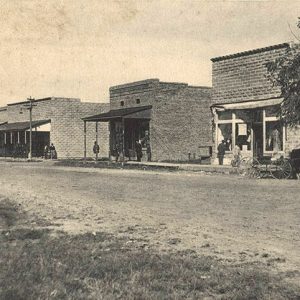 Carlisle Street Scene
Carlisle Street Scene
 Carlisle View
Carlisle View
 Carmelite Monastery of St. Teresa of Jesus
Carmelite Monastery of St. Teresa of Jesus
Carmelite Monastery of St. Teresa of Jesus
 Carmelite Monastery of St. Teresa of Jesus
Carmelite Monastery of St. Teresa of Jesus
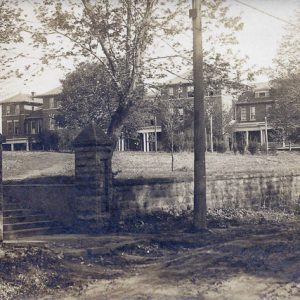 Carnall Hall, UA
Carnall Hall, UA
 Carnegie Library Groundbreaking
Carnegie Library Groundbreaking
 Carnegie Library at Eureka Springs
Carnegie Library at Eureka Springs
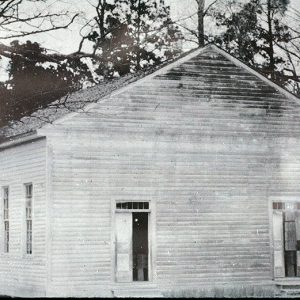 Carolina Methodist Church
Carolina Methodist Church
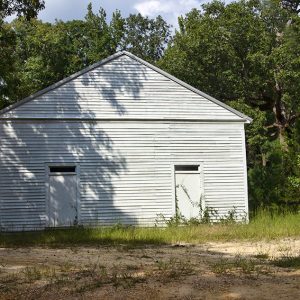 Carolina Methodist Church
Carolina Methodist Church
 Carpenter Brothers Store
Carpenter Brothers Store
 Carpenter Dam
Carpenter Dam
 Carpenter Dam Construction
Carpenter Dam Construction
Carroll County
 Carroll County Courthouse
Carroll County Courthouse
 Carroll County Courthouse, Western District
Carroll County Courthouse, Western District
 Old Carroll County Courthouse
Old Carroll County Courthouse
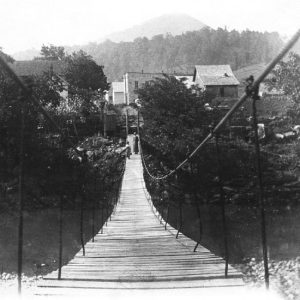 Carrollton Swinging Bridge
Carrollton Swinging Bridge
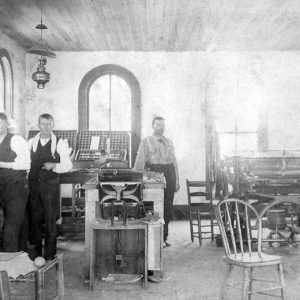 Carroll Progress Office
Carroll Progress Office
Carrollton (Carroll County)
Carthage (Dallas County)
 Carthage Street Scene
Carthage Street Scene




